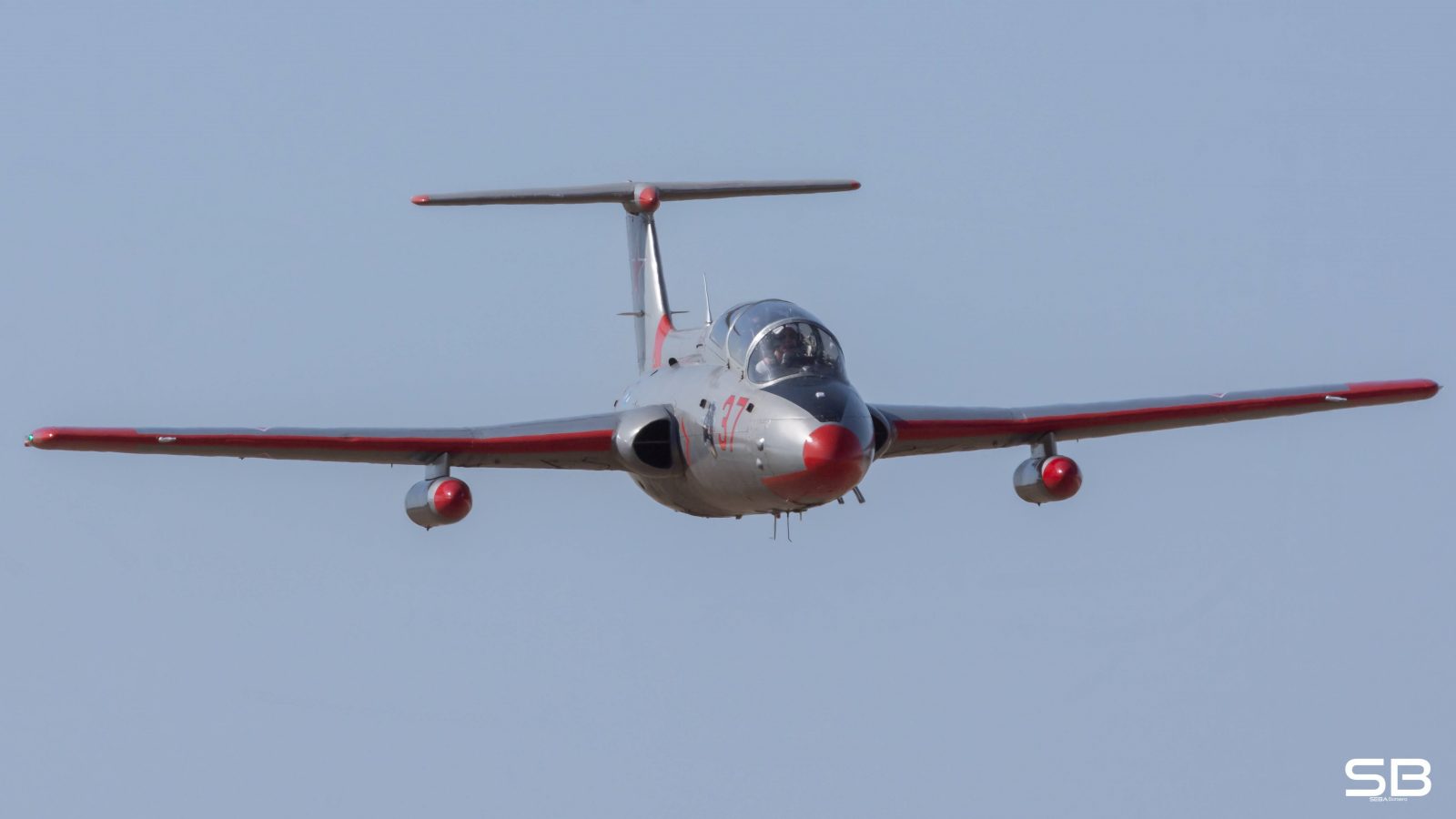Aero L-29 Delfin Crash in Argentina: What We Know
During the second day of the air festival taking place in the city of Villa Cañas, 180 kilometers southwest of Rosario, in Argentina, this Sunday, an Aero L-29 Delfín (Dolphin) crashed.
As can be seen in videos uploaded by the audience on social networks, the aircraft, one of the few L-29s in civil use and also one of the few in airworthy conditions that existed in the world, crashed while performing an acrobatic flight.
In the videos (which we prefer not to reproduce here), the L-29 performs a low pass over the runway near the public and, as it gains height again, it plunges and crashes into a nearby open field, exploding and catching fire.
At the time of this publication, the Argentine Transportation Safety Board has not reported any details about the accident.
On the other hand, local media report that there were two crew members on board the Aero L-29 Delfín, which didn’t survive.

The Aero L-29 Delfín belonged to Alberto Pol, a businessman from the interior of the Buenos Aires province, who acquired it in 2011 and, since then, it has been a much-anticipated aircraft at air shows developed in Argentina.
The Aero L-29 Delfín, a Czechoslovakian Gem
The Aero L-29 Delfín is a jet military training aircraft that was introduced into the Czechoslovak Air Force in 1961. Designed by Aero Vodochody, the L-29 was the first mass-produced jet trainer in the Warsaw Pact region, excluding Russia. Due to its robust and reliable design, as well as its easy maintenance and operation, it became the standard trainer for Warsaw Pact air forces during the Cold War.

The Delfín is noted for its durability and versatility, which has allowed it to continue being used for training and also in secondary roles such as a light attack aircraft in various countries, even after the dissolution of the Soviet Union. Its distinctive design includes a straight wing and a fuselage that houses two crew members in tandem under a wide plexiglass canopy that provides excellent visibility. Equipped with a centrifugal flow turbojet engine, the L-29 can reach speeds of up to 820 km/h, with a service ceiling of 11,000 meters.
Although replaced in many places by more modern aircraft, the L-29 has found a new life on the jet aircraft racing circuit and in the hands of private operators. Its legacy as an essential tool in the training of combat pilots for several decades is unmistakable, and its silhouette is known and respected in the aeronautical community. With more than 3,600 units built, the Aero L-29 Delfín remains a testament to an era of 20th-century aviation.
Developing News.

/https://aviacionlinecdn.eleco.com.ar/media/2023/11/Aero-L-29-Delfin-02.jpg)
Para comentar, debés estar registradoPor favor, iniciá sesión